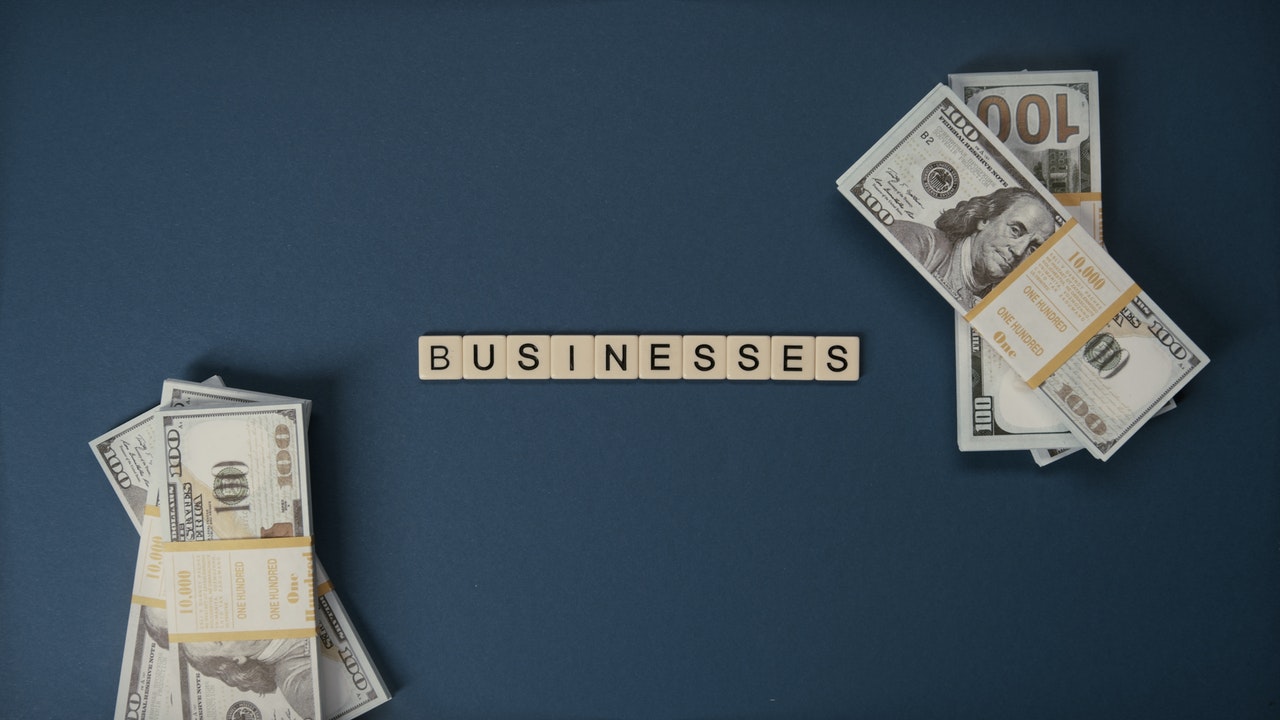How Much Is Your Business Worth
A business is not a ‘get rich quick’ scheme. As any successful entrepreneur would tell you, the magic sauce to building a highly profitable business is simply persistence.
Quick Links
Work the daily grind, and your business could eventually be worth millions.
However, there are definitely elements that can make this growth happen faster, or slower. These elements can make your business more or less appealing, and influence the price that a potential buyer will pay.
In this article, I am going to be talking to you about these factors, and how this can help you determine the worth of your business.
What does a buyer look for?
There are typically two kinds of buyers – the strategic buyer, and the investor.
Facebook’s acquisition of Instagram for $1 billion, and later WhatsApp for $19 billion were not meant to be financial investments. These apps did not make any money at the time they were acquired.
However, the purchasing price was primarily driven by Facebook’s need to get hold of properties that could potentially displace Facebook as the numero uno social network.
While almost any acquisition can be viewed from a strategic perspective, the purchase price is typically determined from the lens of an investor.
For example, WeWork recently acquired Dallas-based coworking company Common Desk that has several locations in the two American states of Texas and North Carolina.
While the acquisition itself has strategic value (to get more foothold in these locations), the price is most likely derived from the financial value of these assets – mainly because the asset being bought is real estate space. It does not cost a lot more to replicate and build them up yourself.
Making your business more appealing
Getting your business bought by a strategic buyer typically has a greater payoff than being bought by an investor. As the list of startups in the unicorn club shows, this follows almost the same pattern as when you go for funding – there are certain factors that improve your profile.
Strategic purchases come with a lot of intangible value that cannot be quantified by numbers.
Here are some ways you can make your business appealing to a strategic buyer.
Direct competition
Directly competing with a business with larger pockets can be daunting, but makes you a prime candidate for strategic purchases.
Compaq was launched in 1982 as a computer manufacturer and competed directly with the likes of IBM, Hewlett Packard, and Dell. This made them a vital target for any business that wanted to be in the burgeoning personal computers space.
HP’s acquisition of Compaq for $25 billion is a reflection of the value that a competitor places on its market share.
Complementary value
Does your business offer a product or service that is complementary to the buyer? There have been a ton of strategic acquisitions in the past couple of decades where upstart online portals got acquired by legacy brick and mortar stores that wanted to expand into the online space.
Walmart’s acquisition of Jet.com for $3.3 billion is a great example of this.
Future market potential
Sometimes, a strategic purchase may be done with a gut-feel approach, rather than with a data-backed process.
Like humans, corporations too often tend to go after the next shiny thing; in an effort to diversify. A lot of these acquisitions are made by corporations with a big war chest and these companies adopt a ‘spray and pray’ approach when it comes to acquiring ‘fads’.
Google (now, Alphabet) has been guilty of this many times in the past. When the microblogging craze happened in the late 2000s, Google acquired little-known Jaiku.com in order to compete with Twitter.
A common pattern with most of these acquisitions is to buy companies to get a foot in the door of new industries, and deciding on further investments as the industry matures and the value of the market becomes clearer.
Today, there is a lot of chatter about NFTs, and while it is still unclear whether this is a fad or a real industry in the making, there are a lot of large businesses acquiring NFT-focused startups. Nike, for instance, acquired an NFTs company RTFKT late last year.
Generally speaking, although strategic purchases command better value, being a strategic target for acquisition involves work and good luck in equal measure. So, if you are building a business to sell, it is good practice to build it for the financial buyer – since the process is more straightforward, and involves less luck.
Here are some factors that go into making your business more valuable to a financial buyer.
Buy or build
Buying a business is expensive. So, any buyer would evaluate this opportunity against the opportunity cost which is to build a competing product from scratch.
One way to make your business more appealing is to build a sort of ‘moat’ that is difficult to replicate.
A restaurant could, for instance, invest heavily in branding – it doesn’t cost a lot to build your own Mexican restaurant. But it’s definitely a lot of work to be the most well-known Mexican place in town.
Other ways to establish a moat include having long-term client contracts in place, or offering custom accessories that cannot be replaced with generics – while businesses generally find it harder to convert customers with such ‘constraints’ in place, they exist in order to lock in customers, increase the ARPU (average revenue per user), and consequently, the valuation of the business overall.
Replaceability
One common mistake that a lot of entrepreneurs make is to not delegate enough. As a result, a lot of the business value is tied to sweat equity that cannot be easily replaced.
Financial buyers would want to buy a business that can be easily handled by their own teams. When a business is intrinsically tied to their founder, they become less appealing to a buyer. It is for this reason that consultancies – typically those that are branded under the founder’s name seldom get acquired – lose their value as soon as ownership changes hands.
In order to find suitable buyers, entrepreneurs must look at building processes and documentation for each of their business processes and hiring employees to do them for you. While this can increase your operating expenses, they make your business more valuable.
Cash flow
Some industries operate at a better cash flow than others. For instance, a brick and mortar appliance store generally has a lot of capital tied to the real estate space, and the value of the appliances they sell. As such, this business has poorer cash flow than a dropshipping online store selling the same product simply because they do not have any capital tied up.
There are many ways to improve your cash flow even if you operate in a business with poor cash flow. One way to do this is via subscriptions and memberships – these programs ‘lock in’ customers and tend to increase the average cash flow forecast from your business.
The other way to do this is by switching your operating model to a less resource intensive channel like dropshipping, or online.
Lower churn
A business with low churn is quite appealing to buyers since it tells them that the brand is trusted, and as such, the future revenue can be predicted to greater accuracy.
Businesses with high churn rate are on shakier ground since it is difficult to establish a future revenue model based on current consumption patterns.
Looking around
Once you have made your business more ‘buyer-worthy’, start looking around for the general valuation figures. In some industries, a one year gross revenue is the sweet spot. There are other industries where a figure of 45x monthly revenues are not unheard of.
These figures tend to move around and what holds true today in your industry may not be true in a few months’ time. However, knowing where your industry is headed will give you a general idea of how to price your own business when seeking out investors.

Author Bio:
Anand Srinivasan is the founder of Hubbion, a suite of business tools and resources. He is also the author of “How We Did It – 100 Entrepreneurs Share The Story Of Their Struggles & Life Experiences”. Find it on Amazon.
Why WooCommerce is the Best Choice for Your Online Store?
WooCommerce stands out as a top option for anyone looking to build an online store. This platform…
0 Comments8 Minutes
How to Use AI-Powered SEO Tools for WordPress eCommerce
SEO is a critical factor in the success of any e-commerce WordPress store. As competition…
0 Comments11 Minutes
Why Short-Form Videos Are the Future of Content Marketing
Your Instagram customers spend over 50% of their time watching short-form videos and reels. Rather…
0 Comments12 Minutes
The Role of Digital Marketing in Business Growth
Online marketing touches every aspect of a business, whether it is initiating the idea or for an…
0 Comments3 Minutes
AI Meets Authenticity: Balancing Automation and Human Touch in Content Marketing
Is your brand starting to sound like a robot? In a world where algorithms write faster than any…
0 Comments8 Minutes
Essential Tools for Enhancing Web Design and UX Hosting
Have you ever visited a website that felt slow, clunky, or confusing? A website that is poorly…
0 Comments11 Minutes
How a Mini Cart Transformed My Store’s Shopping Experience
Okay, real talk—running an online store is hard. You think you’ve got everything figured out, you…
0 Comments9 Minutes
Balancing Your Security Initiatives With Industry Compliance Requirements
Managing a business today comes with a number of daily battles that need to be fought. Resources…
0 Comments11 Minutes








